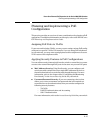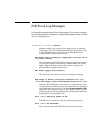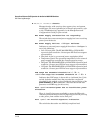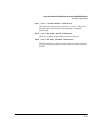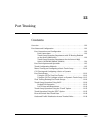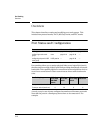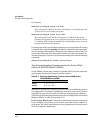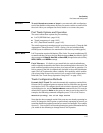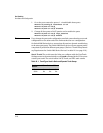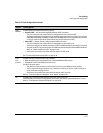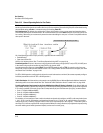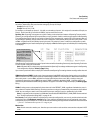
Port Trunking
Overview
Overview
This chapter describes creating and modifying port trunk groups. This
includes non-protocol trunks, LACP (802.3ad) trunks, and FEC trunks.
Port Status and Configuration
Feature Default Menu CLI Web
viewing port trunks n/a page 12-10 page 12-12 page 12-18
configuring a static trunk none page 12-10 page 12-16 —
group
configuring a dynamic LACP
trunk group
LACP passive — page 12-16 —
Port trunking allows you to assign physical links to one logical link (trunk)
that functions as a single, higher-speed link providing dramatically increased
bandwidth. This capability applies to connections between backbone devices
as well as to connections in other network areas where traffic bottlenecks
exist.
Port Trunking Support HP ProCurve
Series 2600,
2600-PWR
Switch
HP ProCurve
Series 2800
Switch
HP ProCurve
Series 4100gl
Switch
HP ProCurve
6108 Switch
Ports per trunk (maximum) 4 8 4 4
Trunks per switch (maximum) 6 24 6 6
A trunk group is a set of ports configured as members of the same port trunk.
Note that the ports in a trunk group do not have to be consecutive. For
example:
12-2




